Pododermatitis is inflammation of rabbit feet. It usually occurs on the heels and is therefore sometimes called "sore heels". The condition occurs most commonly on the hind legs, but can also occur on the front legs. Often both hind legs are affected at the same time, in very rare cases only 1 hind leg is damaged.
How does pododermatitis develop in rabbits?
Pododermatitis results from sores on the lower feet. It is most commonly seen on the hind legs. First, the fur wears off and bald heels appear. With the fur gone, the sensitive skin is exposed. This skin is no longer protected by the fur and can therefore break more easily. As sores develop, your rabbit will want to exercise less. It remains in your own urine, which in turn irritates the wounds. As a result, the wounds cannot heal properly and the rabbit goes into a downward spiral. It can even get so bad that it causes bone sores.
One of the main causes of pododermatitis is pressure. Especially large rabbits, overweight rabbits and rabbits that stomp a lot get pododermatitis. Rex rabbits are also more prone to pododermatitis because a Rex rabbit's legs are less hairy than the legs of other rabbits.
What Causes Pododermatitis in Rabbits?
As previously mentioned, one of the biggest factors that causes pododermatitis is pressure. However, there are other factors that may also play a role. A surface that is too rough and/or wet can also lead to pododermatitis, even if your rabbit is not overweight or stomps too much. Lack of exercise can also lead to pododermatitis. Unfortunately, some rabbits are still kept on a wire floor, which is also very bad for the legs and can quickly lead to pododermatitis.
How do I recognize pododermatitis in my rabbit?
A rabbit with pododermatitis would rather not stand on its hind legs. Your rabbit will therefore no longer want to move. When it moves, it's very difficult. If only one leg is affected, your rabbit will be limp or lame.
In addition, it can be noticed that the hair on the hind legs is less. Once sores have formed, you can easily spot them by picking your rabbit up and looking under his hind legs.
How Is Pododermatitis In Rabbits Treated?
It is important to treat wounds as soon as possible by disinfecting the wounds with, for example, Betadine and then applying honey ointment (Vetramil), for example. If the sores are worse or your rabbit isn't recovering, you should see a veterinarian.
How well your rabbit can recover from pododermatitis depends heavily on the severity of the condition. In many cases, therapy is not easy and it takes a long time for your rabbit to fully recover. A leg amputation can be considered, although this is not always easy with a rabbit.
In milder cases or if you recognize it in time, more can often be achieved. The inflammation is often accompanied by a bacterial infection. Antibiotics are therefore almost always necessary. The treatment is always local. The wounds should be coated with an anti-inflammatory and antibiotic ointment. If necessary, the legs can be bandaged. It is very important not to put pressure on the wounds. The dressing must therefore be designed in such a way that a hole can be made at the site of the wound so that no pressure can develop. The legs should be lubricated regularly and the bandage should be changed about every 5 days. This therapy should be continued until the legs are completely healed. How long that will last is hard to say, it depends on the severity of the wounds. In some cases it may be helpful for your rabbit to cover their buttocks with soft towels.
Overweight rabbits need to lose weight to keep the problem from recurring.
How can I prevent pododermatitis in rabbits?
Pododermatitis is easy to prevent, for example, by preventing your rabbit from becoming overweight. Stomping is often an expression of your rabbit's displeasure. Try to figure out what makes your rabbit stomp. Is he/she perhaps not satisfied with the attic? Also, make sure your rabbit gets enough exercise. In addition, it is very important to ensure good ground cover. A rough and/or wet surface is more likely to lead to pododermatitis. So make sure you clean the cage regularly and that the bedding is thick enough.
When your rabbit has recovered from pododermatitis, you can put baby socks on his legs, for example. After recovery, the skin is still sensitive. By protecting them, you can prevent the problem from reoccurring. Rabbits that have once had pododermatitis remain susceptible for life.
This text was translated by a translation machine
 Horse Pharmacy
Horse Pharmacy Rugs
Rugs Care
Care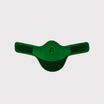 Saddle and Attachments
Saddle and Attachments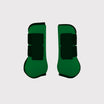 Leg Protection
Leg Protection Bridles
Bridles Feed
Feed Fly Masks
Fly Masks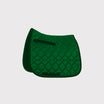 Saddle Pads
Saddle Pads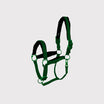 Headcollars and Ropes
Headcollars and Ropes Bits
Bits Other Disciplines
Other Disciplines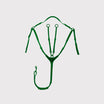 Reins and Auxiliary Reins
Reins and Auxiliary Reins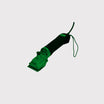 Clipping
Clipping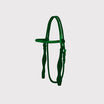 Western
Western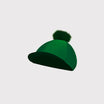 Eventing
Eventing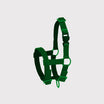 Foals
Foals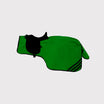 Reflection
Reflection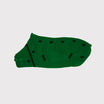 Therapy Products
Therapy Products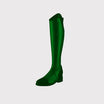 Boots and Shoes
Boots and Shoes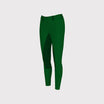 Breeches and Belts
Breeches and Belts Tops
Tops Safety
Safety Competition
Competition Heated Clothing
Heated Clothing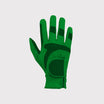 Gloves
Gloves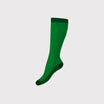 Socks
Socks Spurs and Attachments
Spurs and Attachments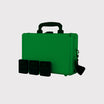 Technology
Technology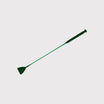 Whips
Whips Gifts
Gifts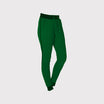 Casual Wear
Casual Wear Underwear
Underwear Rider Pharmacy
Rider Pharmacy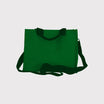 Bags
Bags Books
Books Laundry supplies
Laundry supplies Jewelry
Jewelry Feed and Waterbowls
Feed and Waterbowls Equipment
Equipment Tack Room
Tack Room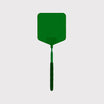 Pest Control
Pest Control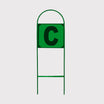 Arena
Arena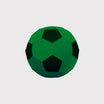 Horse Toys
Horse Toys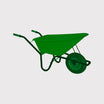 Wheelbarrows
Wheelbarrows Yard
Yard Surveillance
Surveillance Disinfect
Disinfect Washing Area
Washing Area Lighting
Lighting Horse Pasture
Horse Pasture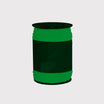 Current Conductors
Current Conductors Pole
Pole Insulators
Insulators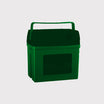 Energisers
Energisers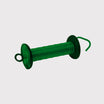 Gate Handles
Gate Handles Batteries and Accumulator
Batteries and Accumulator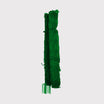 Nets
Nets Grounding
Grounding Tools
Tools Fencing Security
Fencing Security Wolf Defense
Wolf Defense Fencing Sets
Fencing Sets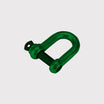 Fence locks
Fence locks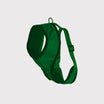 Dogs
Dogs Cats
Cats Rodents
Rodents Dogs Pharmacy
Dogs Pharmacy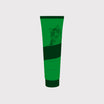 Cats Pharmacy
Cats Pharmacy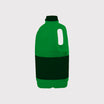 Rodents Pharmacy
Rodents Pharmacy Cattle Pharmacy
Cattle Pharmacy Poultry Pharmacy
Poultry Pharmacy Veterinary Supplies
Veterinary Supplies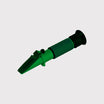 Cattle
Cattle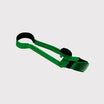 Sheep and Goats
Sheep and Goats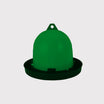 Poultry
Poultry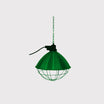 Heat Lamps
Heat Lamps Calves
Calves Marking
Marking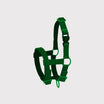 Halters
Halters